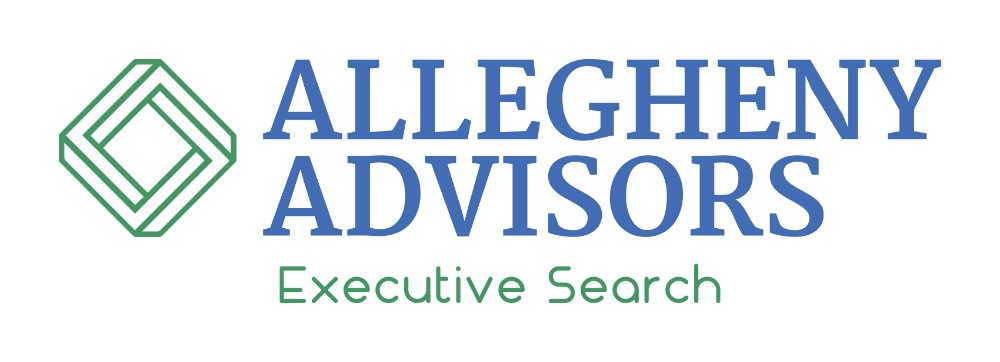US homebuyers are most concerned about rising interest rates, but they still plan to go ahead with their initial buying plans, according to survey results released by Zillow Group Mortgages.
"Most people (83 percent) planning to buy within the next three years will continue with their homebuying plans even if rates increase their monthly mortgage payment by $100," Zillow said in a press release.
Higher rates would, however, limit buyer choices. According to Zillow, "a quarter of home shoppers claim they would reconsider the type of home they are searching for, such as looking for a smaller home or less expensive community, should their monthly payment increase by up to $100 (25%)."
When it comes to the impact of a rate hike on monthly mortgage payments, "for the typical homebuyer shopping for the median US home, valued at $195,300," the company estimated, "an increase in mortgage rates from 4% to 4.25% would increase their monthly mortgage payment by approximately $23."
Among the states, California is likely to be most affected if the series of rate hikes predicted for 2017 do indeed occur, as the state is home to cities with the greatest rise in monthly mortgage payments (San Jose, San Francisco, Los Angeles, and San Diego).
Here are the 13 US cities that, according to Zillow, would see the highest increase in monthly mortgage payments if mortgage rates were to rise to 5% from 4%.
Read More
